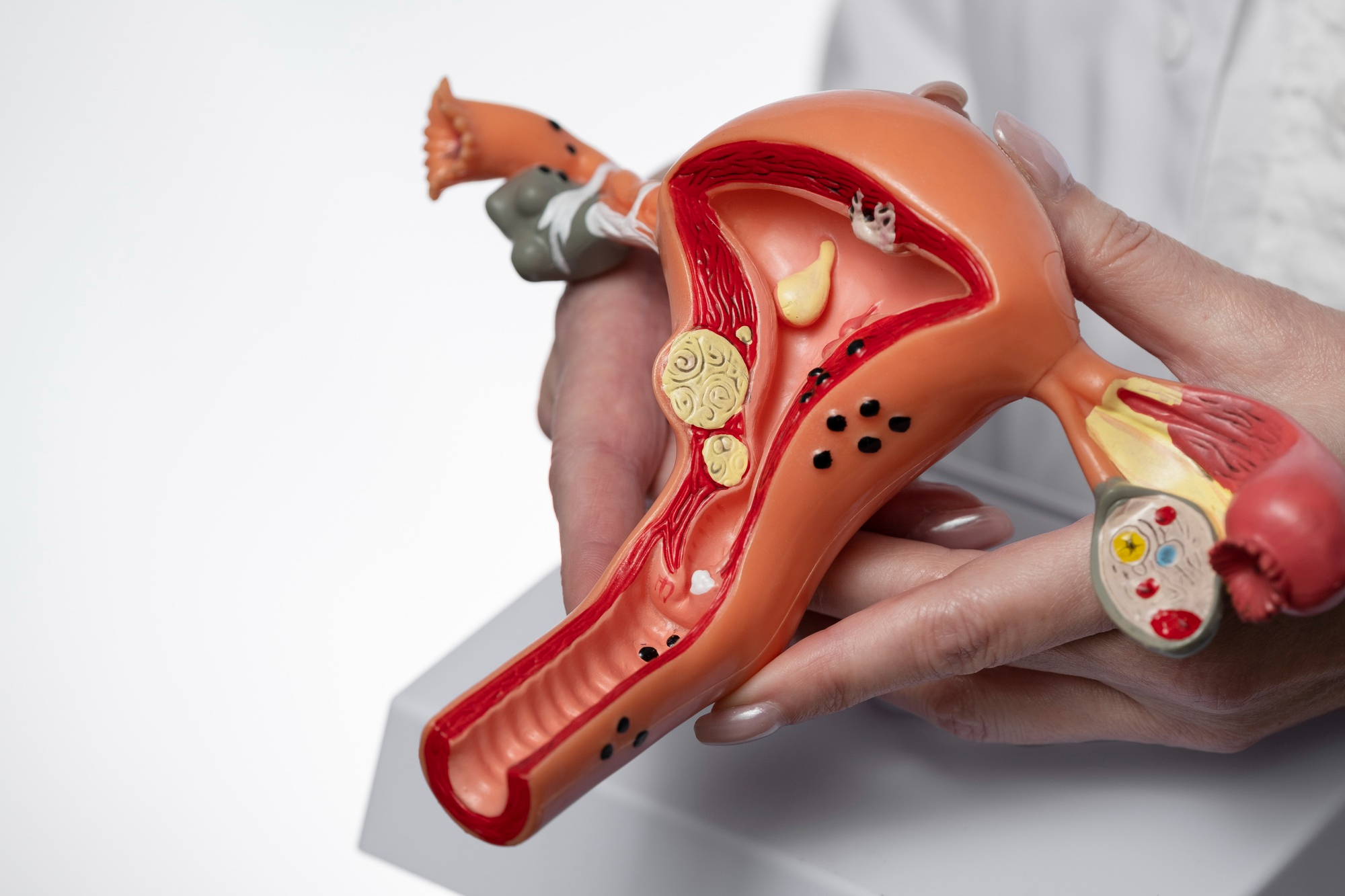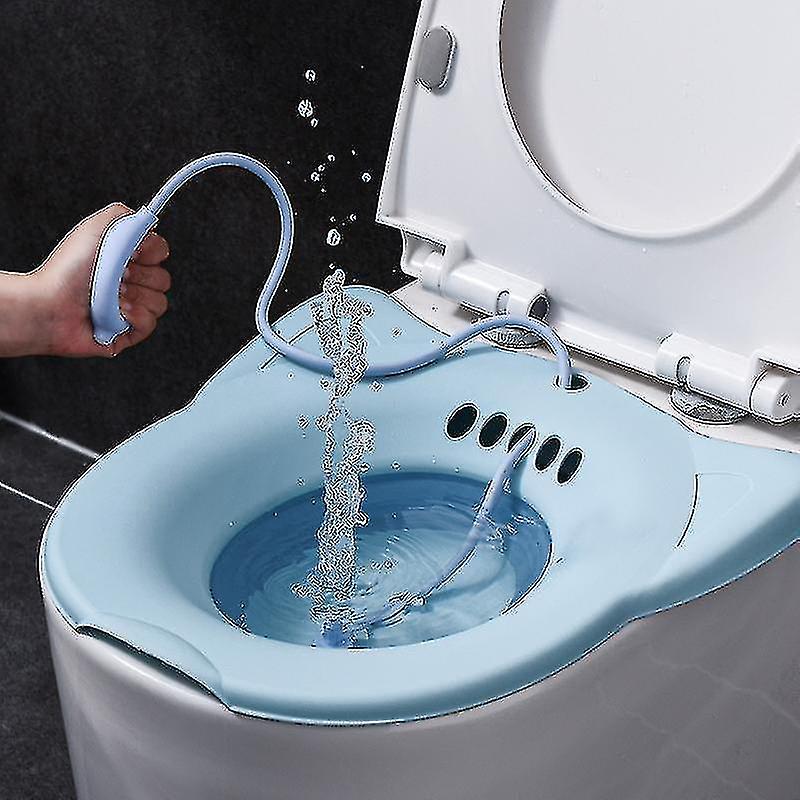- Contact:
- +971 4 26 68 222
- +971 50 3860 777

Episiotomy is a common procedure during vaginal delivery where a small surgical cut is made in the perineum to enlarge the vaginal opening. While often necessary to assist in difficult deliveries, the healing process afterward requires proper care and attention.
Caring for episiotomy stitches is crucial to avoid complications like infection, delayed healing, or discomfort. This article will guide you through what an episiotomy is, why it’s done, and how to care for stitches after childbirth. You’ll also learn about effective pain relief strategies, when to seek professional help, and tips for faster healing.
An episiotomy is a surgical incision made in the perineum (the area between the vaginal opening and anus) during childbirth to widen the birth canal.
It is usually performed to ease the delivery process, especially in cases of fetal distress, assisted deliveries using forceps or vacuum, or to prevent uncontrolled tearing.
Why is Episiotomy Performed?
● To prevent severe vaginal tearing
● When the baby is in distress and needs to be delivered quickly
● For assisted deliveries involving vacuum or forceps
Recent trends show that episiotomies are less commonly performed today, with a focus on natural tearing unless medically necessary.
Caring for your stitches at home is vital to avoid infections and ensure proper healing.

Factors like personal health, hygiene, and activity levels can impact this timeline.
Contact your doctor if any of these symptoms appear.

Recovering at home can be overwhelming, especially when dealing with wound care. A skilled nurse can provide specialized attention, reducing the risk of complications.
Professional nurses can assist with:
Hiring a home nurse can ensure a smoother and more confident recovery during the postpartum period.
Hormonal shifts, sleep deprivation, and the trauma of delivery can affect your mental health.
Stitches dissolve within 1–2 weeks. Full healing typically occurs in 4–6 weeks.
Yes, but wait at least 24 hours. Sitz baths are especially helpful.
Contact your doctor if you notice redness, pain, swelling, or discharge.
Avoid lifting heavy objects, intense workouts, and sexual activity until cleared by your doctor.
Eat fiber-rich foods, stay well hydrated, and consider a mild stool softener if advised by your doctor.
Postpartum recovery is a delicate phase, and receiving care in the comfort of your home can make a big difference. Eureka Home Healthcare in Dubai provides skilled nursing care, wound dressing, and daily medical support guided by qualified general practitioners. Our experienced team ensures that your healing process is safe, hygienic, and stress-free,without the need to leave your home during recovery.
Whether you need assistance with episiotomy care, postnatal hygiene, or regular checkups, Eureka is here to help with compassion and professionalism.
Take the first step toward comfortable healing. Call Eureka Home Healthcare today for personalized care you can trust.
In the home setting, Nurses play an integral role in the delivery of quality healthcare services that generates trust and collaboration for both the care of the client and the maintenance of health of other family members as well.
Office 107, Business Point Building, Port Saeed, Dubai, United Arab Emirates
Mob : +971 50 3860 777
Tel : +971 4 26 68 222
© 2023 Copyright Eureka Home Health Care | Patient Rights | All rights reserved.
MOH APPROVAL # 17GKT9GT-040725